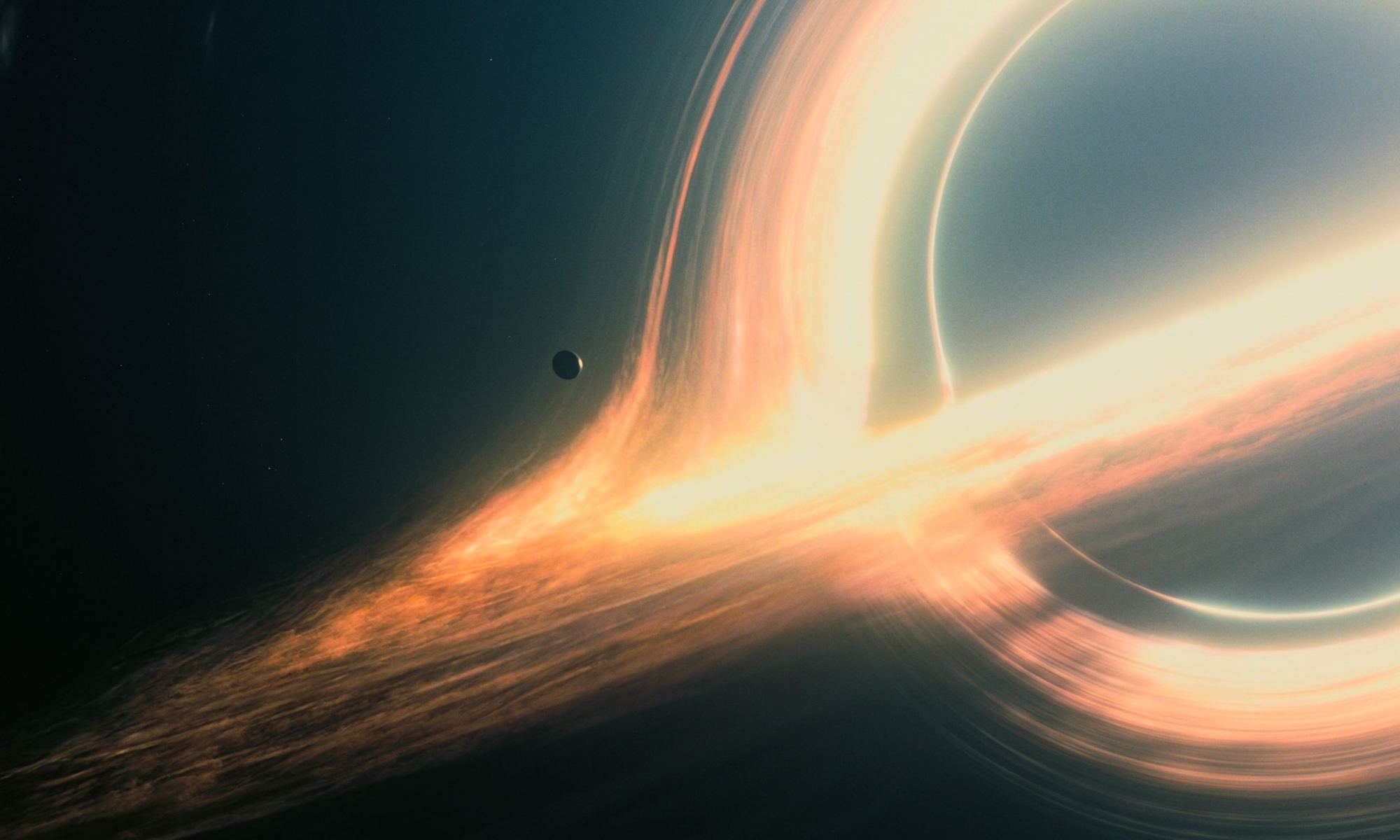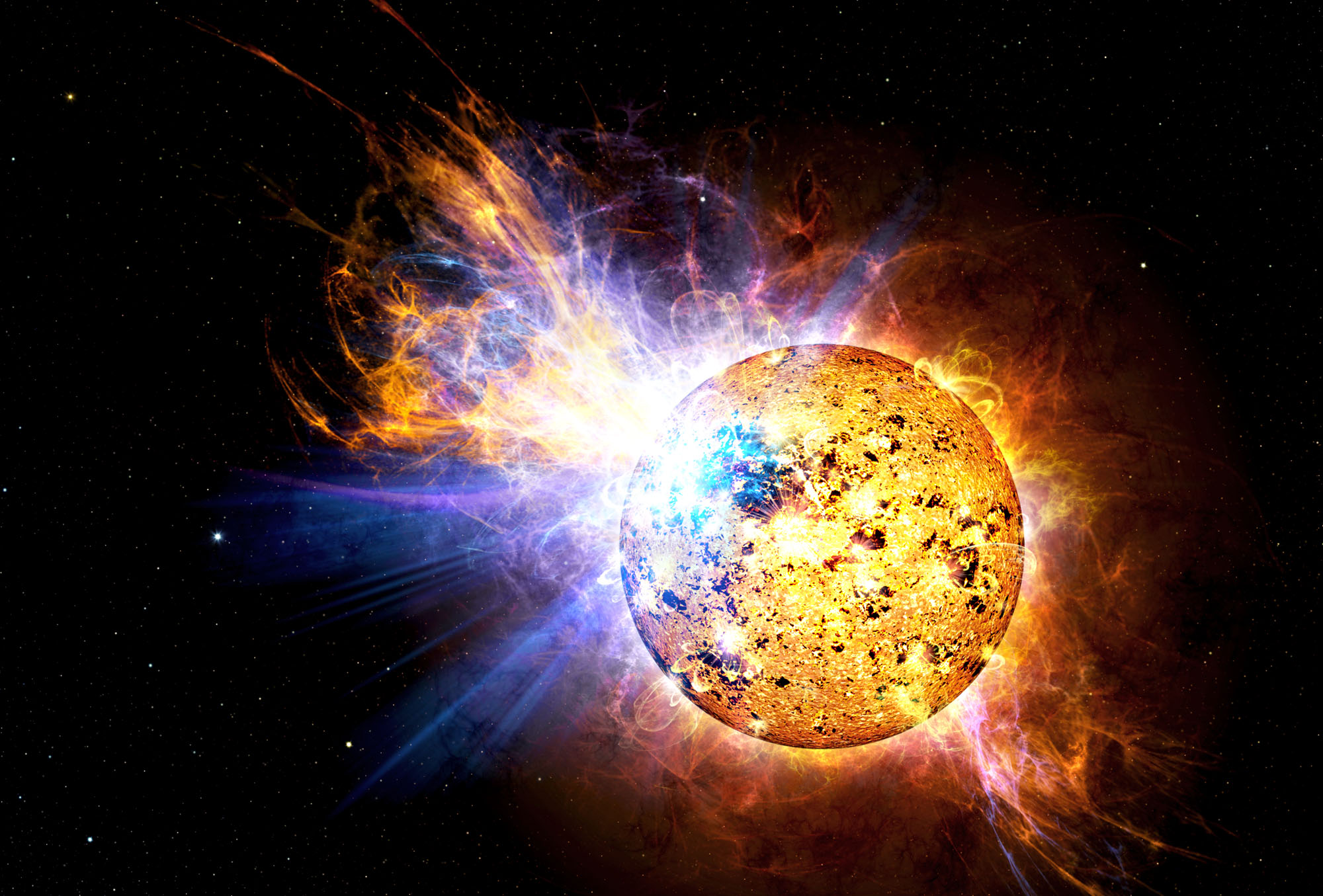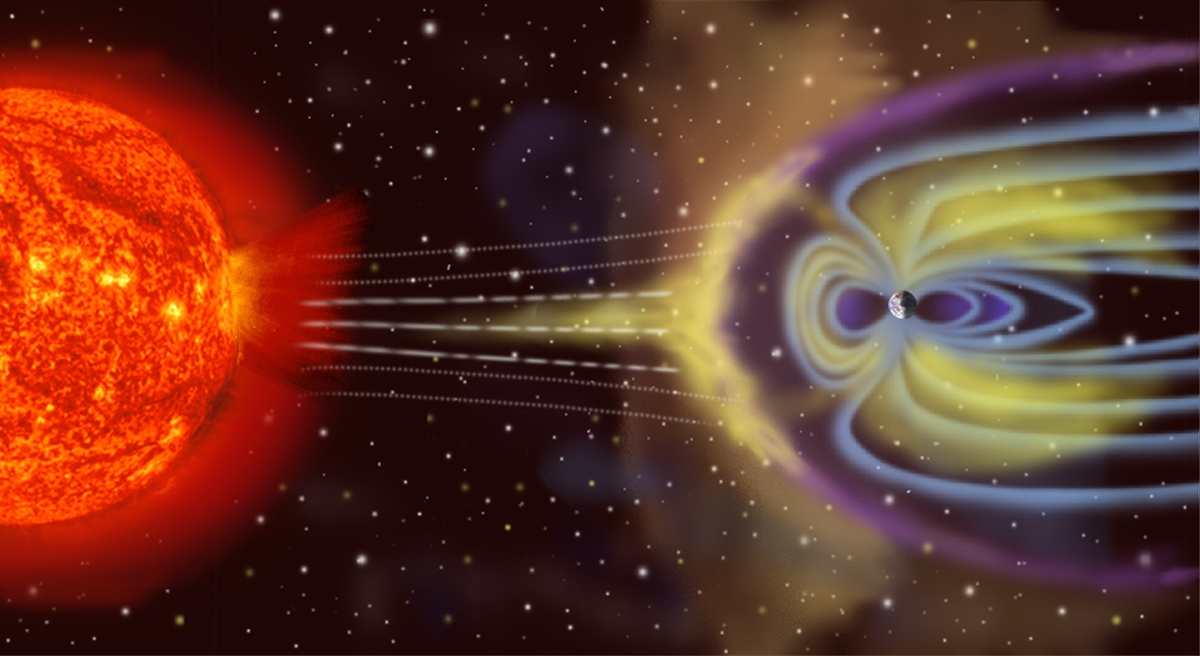Earth’s average global temperatures have been steadily increasing since the Industrial Revolution. According to the National Oceanic and Atmospheric Agency (NOAA), Earth has been heating up at a rate of 0.06 °C (0.11 °F) per decade since 1850 – or about 1.11 °C (2 °F) in total. Since 1982, the average annual increase has been 0.20 °C (0.36 °F) per decade, more than three times as fast. What’s more, this trend is projected to increase by between 1.5 and 2 °C (2.7 to 3.6 °F) by mid-century, possibly more! This is a direct consequence of burning fossil fuels, which has increased exponentially since the mid-19th century.
Depending on the extent of temperature increases, the impact on Earth’s habitability could be catastrophic. In a recent study, a team of scientists examined how temperature increases are a long-term issue facing advanced civilizations and not just a matter of fossil fuel consumption. As they argue, rising planetary temperatures could be an inevitable result of the exponential growth of energy consumption. Their findings could have serious implications for astrobiology and the Search for Extraterrestrial Intelligence (SETI).
Continue reading “Advanced Civilizations Will Overheat Their Planets Within 1,000 Years”









